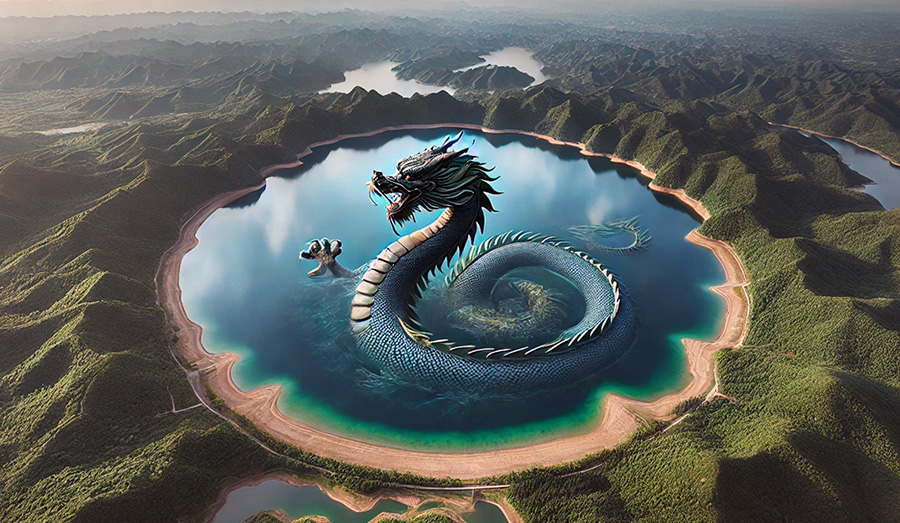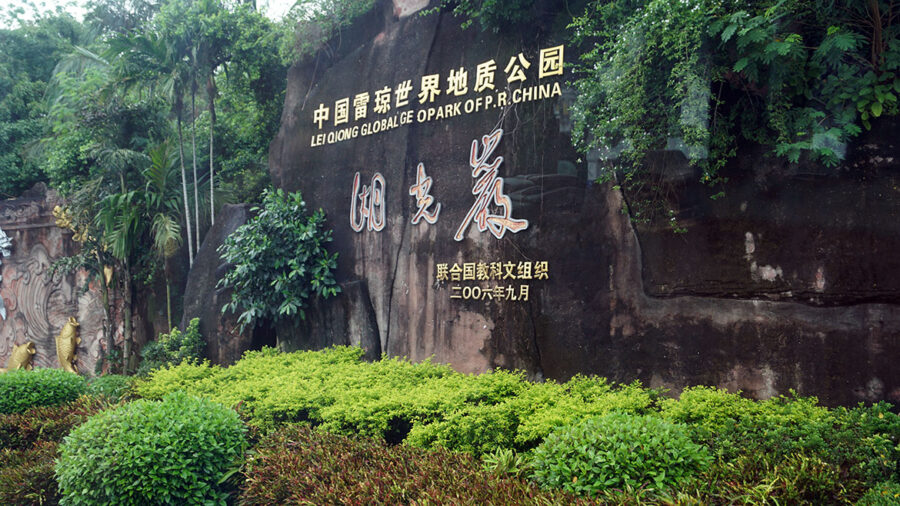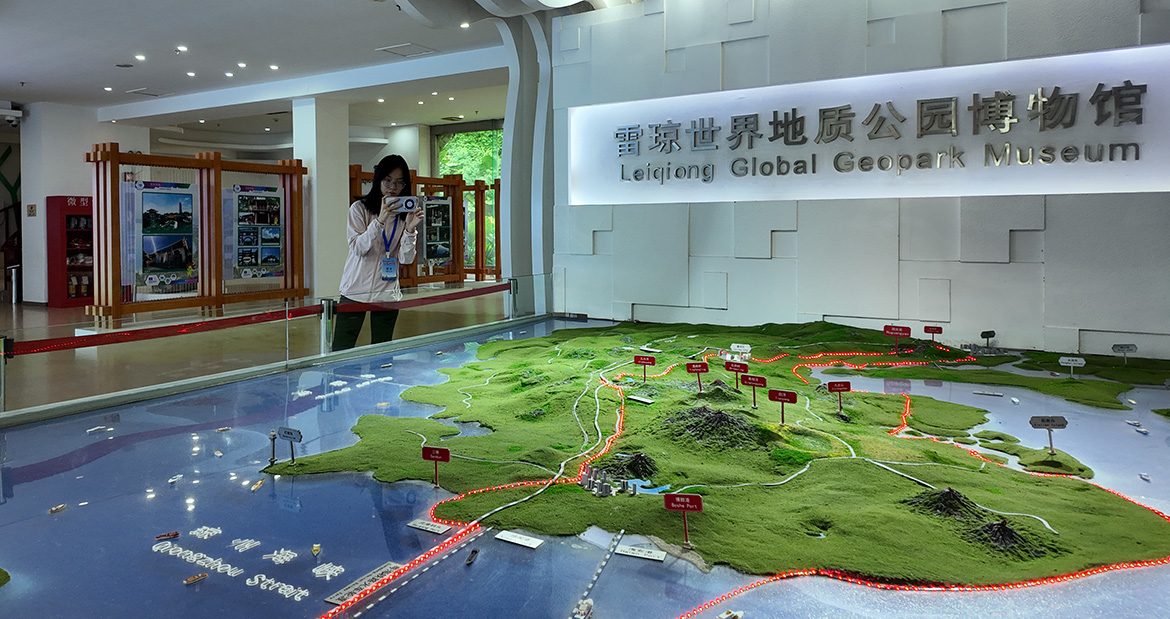NewsVoice visited the Leiqiong Global Geopark, which spans Haikou and Zhanjiang coastal cities, both significant cultural centers. The Geopark features impressive lava flows and tunnels, making it a natural open-air exhibition of volcanism.
In southeastern China, not far from the former pirate haven, now the port city of Zhanjiang, lies the nearly perfectly circular crater Lake Huguangyan, almost two kilometers across and 20 meters deep. According to legend, a dragon rests at the lake’s bottom, controlling the weather and natural forces in the region.
Leiqiong Global Geopark, spanning nearly forty square kilometers, includes Huguangyan Crater Lake, Dongpo Hill, Naozhou Island, Yingfeng Hill, Lighthouse Cape, and a botanical garden dedicated to subtropical flora.
The Geopark is an extraordinary geological site renowned for its volcanic landscapes. The park offers insights into the origins of the Leiqiong Rift and the expansion of the South China Sea Basin.

The Geopark is home to 75 cultural heritage sites, with 38 protected volcanoes distributed throughout the area. These volcanoes represent a nearly complete range of basaltic and phreatomagmatic explosions, making Leiqiong one of China’s most significant Quaternary volcanic belts.
The ‘maar’ craters are particularly notable, formed by explosive interactions between groundwater and hot lava. Among these is the Huguangyan Maar Lake, a key research site where Chinese and German scientists collaborate.
A rich diversity of flora and fauna also characterizes Leiqiong Geopark. The volcanic terrain fosters fertile red soil, supporting lush tropical forests alongside the picturesque blue sea and silver beaches.
Efforts are ongoing to enhance the Geopark’s global recognition, improve tourism infrastructure, and promote public geological education. These initiatives contribute to the sustainable development of the local economy, ensuring that Leiqiong Geopark remains a vital asset for scientific research and cultural tourism.

Huguangyan and its surrounding nature are often referred to as a living museum of natural history and are a popular destination for families.
Geologists and other scientists also flock to the lake. Huguangyan is one of the world’s most scientifically significant maars, a geological term for a crater lake formed within a once-active volcano. Thanks to its pristine condition, it is considered a living geographical archive. The surrounding flat terrain confirms the lake’s age, estimated at 140,000 and 160,000 years.
In 1992, UNESCO listed Huguangyan and the surrounding region, Leigong Geopark, as a World Heritage Site.
Sources
- Leiqiong Geopark: geopark-leiqiong.com
- Xinhuanet: Exploring China’s geological wonder: Huguangyan Maar Lake
- China Daily: US travel agent delegation explores ’China Travel’, sees potential for tourism cooperation
- HGY Travel: Huguangyan
- Science Direct: The Huguang maar lake—a high-resolution record of palaeoenvironmental and palaeoclimatic changes over the last 78,000 years from South China
- UNESCO: Huanglong Scenic and Historic Interest Area
- NewsVoice: Exploring Chinese Ecological Tea Culture in Lianjiang – Minghuang Eco Tea Garden

